Search

Silage: Minimizing Losses and Maximizing Value
Optimizing silage value starts by harvesting at the right moisture content.
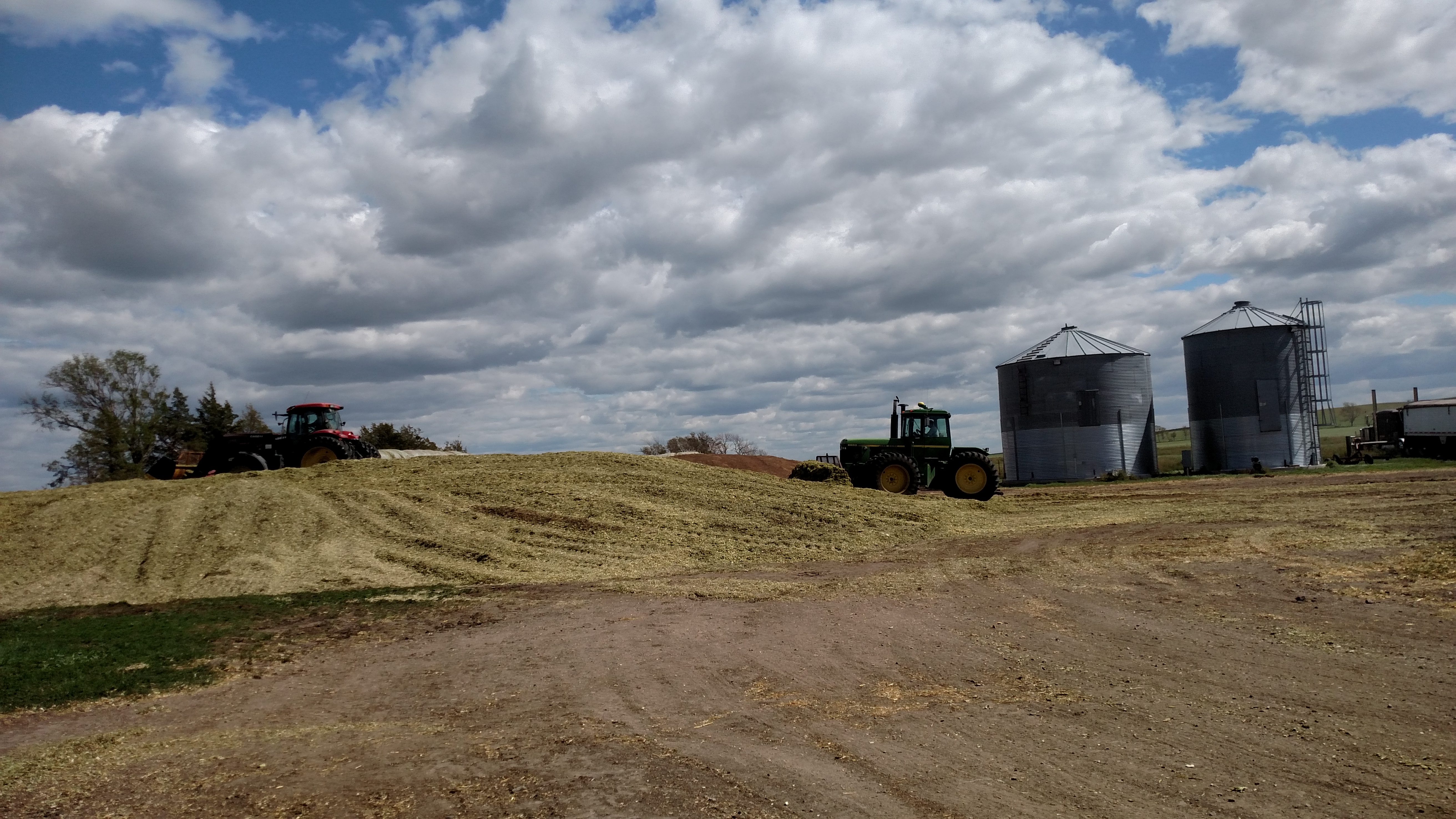
Silage Moisture Testing Tips
Two key points to keep in mind when making high-quality silage are moisture content before harvest and nutrient content before feeding.
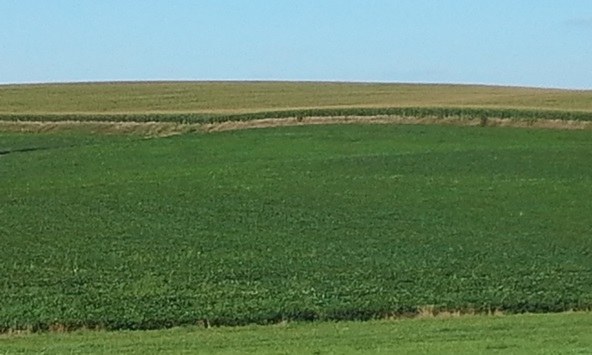
Yellow Soybeans
Yellow soybean areas within fields are being noticed in some areas of the state. There are six factors which could be causing the soybean plant yellowing: nitrogen (N), potassium (K), or sulfur (S) deficiency, iron deficiency chlorosis (IDC), soybean cyst nematode (SCN), or yellow flash from Roundup application.
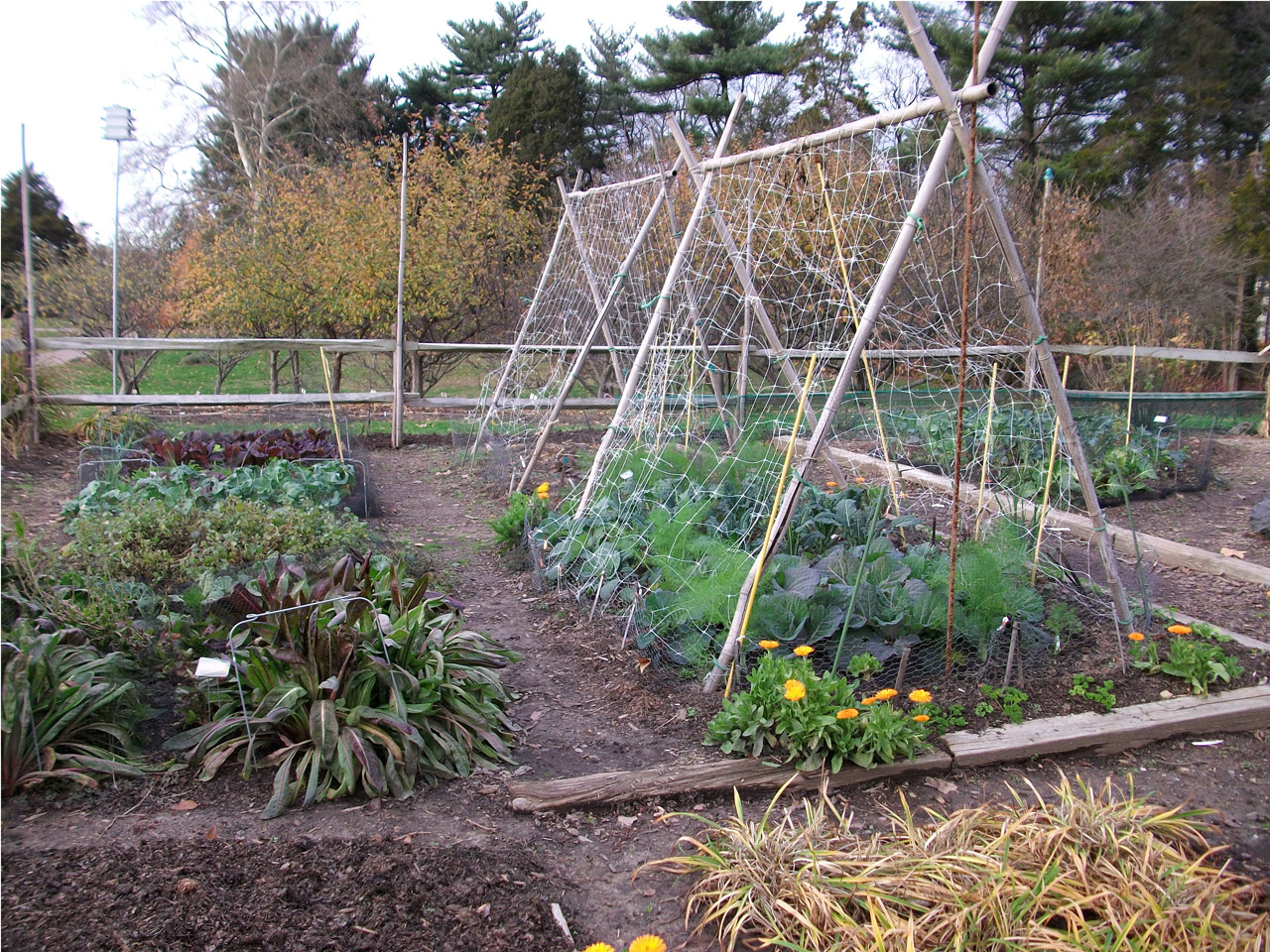
Organic Herbicides
Many gardeners across the state of South Dakota desire to have weed-free gardens, yards and flowerbeds. Many homeowners do not want to use inorganic herbicides due to their potential health effects.
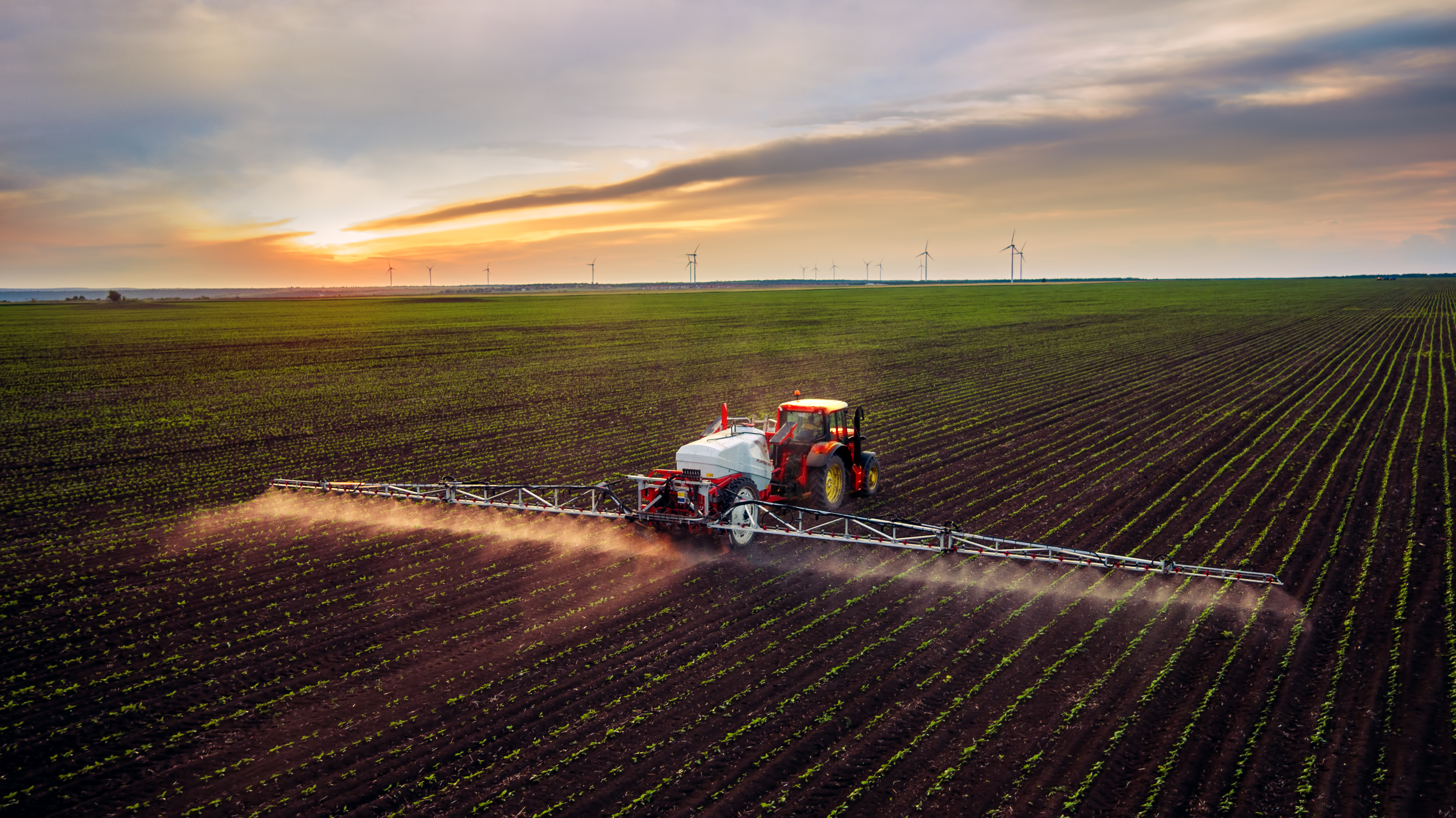
Early Season Insecticide Applications in Wheat
Many wheat producers in South Dakota have adopted more intensive management practices in the last few years, including an early season application of fungicide and, in some cases, insecticide.
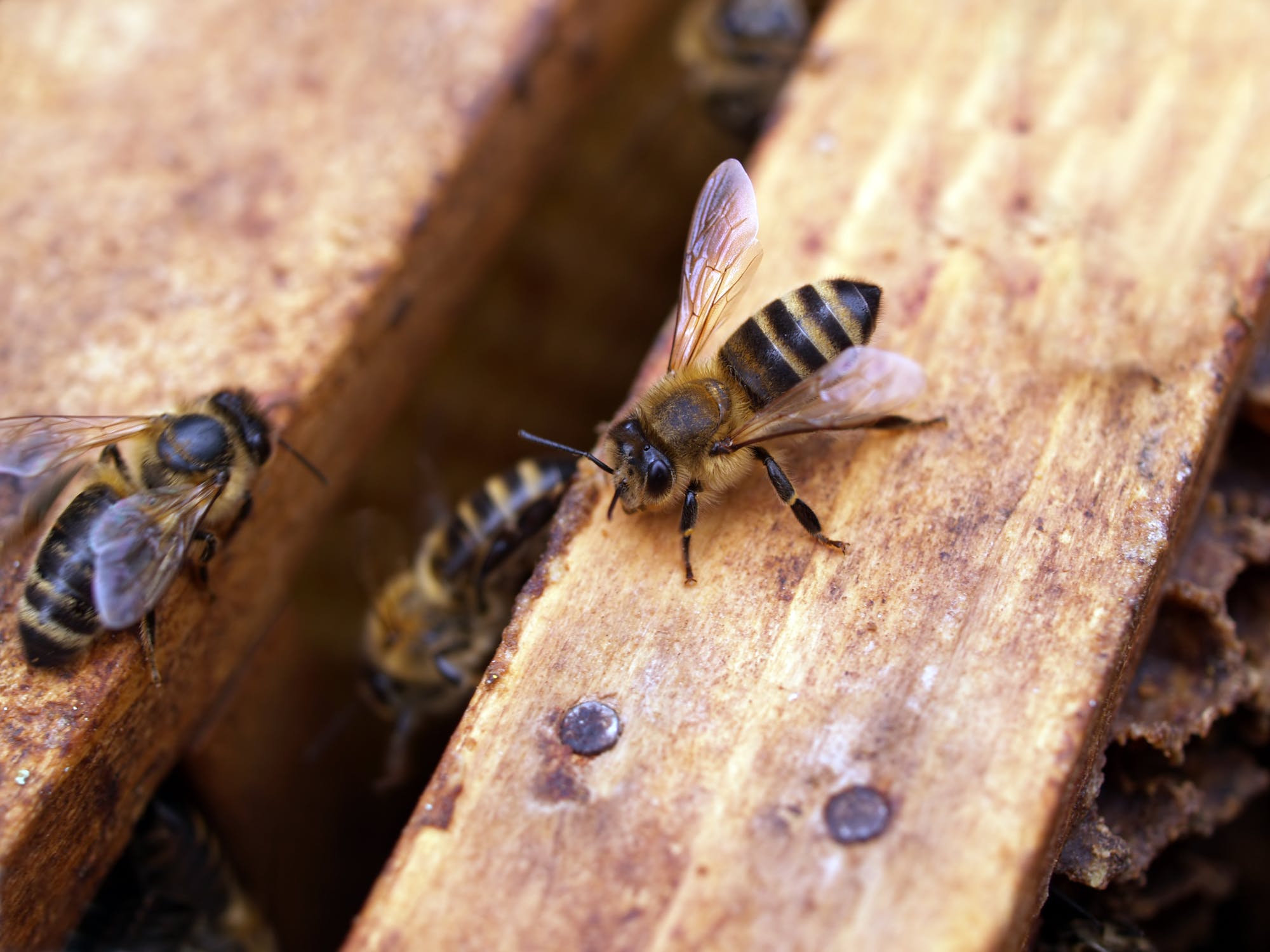
Backyard Biodiversity: Nest boxes for native bees
Many of our native bee species are solitary. In order to ensure that these kinds of bees spend more time in our yards and gardens, it is important to make sure we include places for them to nest.
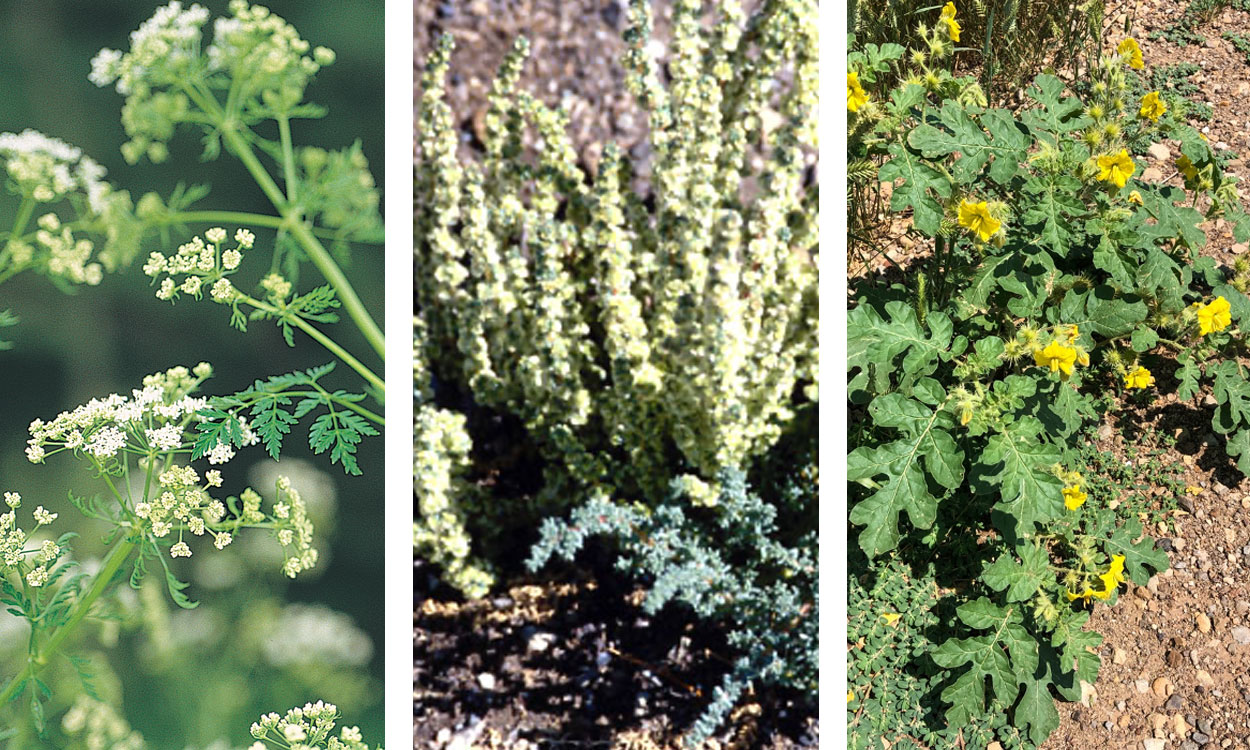
Poisonous Plants on Rangelands: Hemlock, Halogeton and Buffalo Bur
Several species of poisonous plants are invasive and can easily establish dense stands when there is a disturbance on rangelands. Hemlocks, halogeton and buffalo bur can all be found throughout South Dakota and are toxic to livestock.
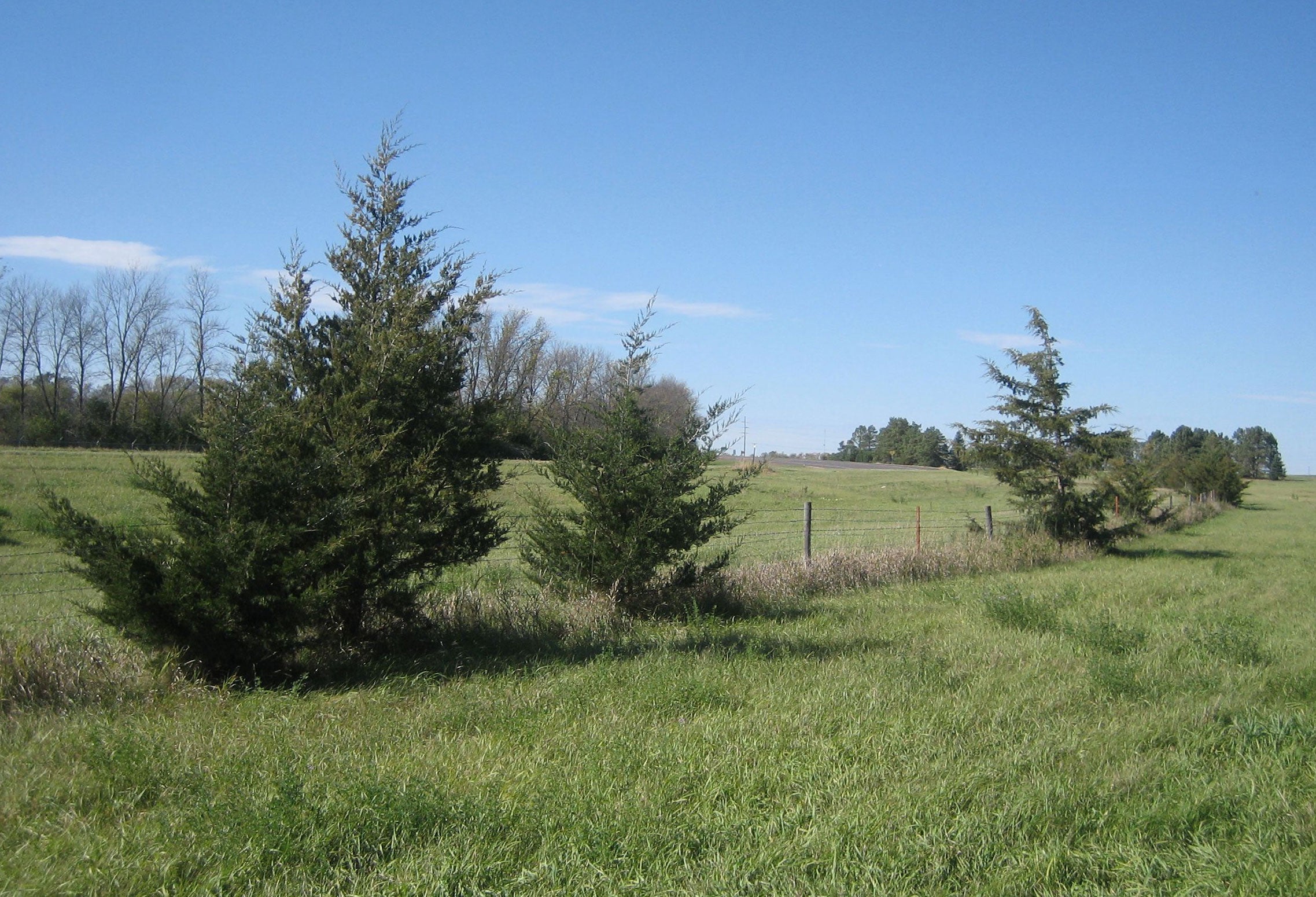
Woody Weeds: Eastern Red Cedar
While eastern red cedar (Juniperus virginiana) is native to South Dakota, and has many positive qualities, it has become a problem species over large areas of the Great Plains.
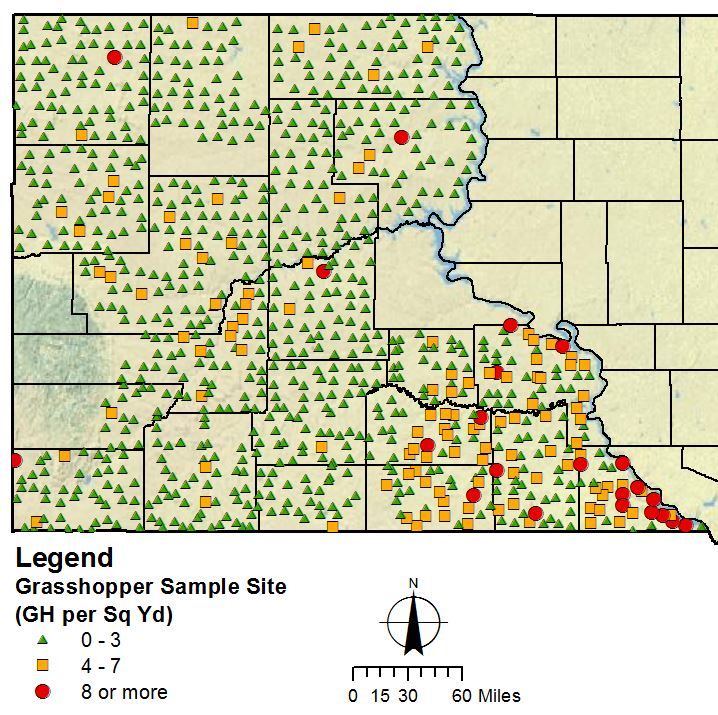
2019 South Dakota Grasshopper Forecast
The USDA Animal Plant Health Inspection Service conducts an annual survey to monitor grasshopper populations in Western South Dakota. In 2018, SDSU conducted a survey to monitor populations in Eastern South Dakota. These previous-year surveys can be used as a prediction tool for where grasshoppers may be an issue during the upcoming season.
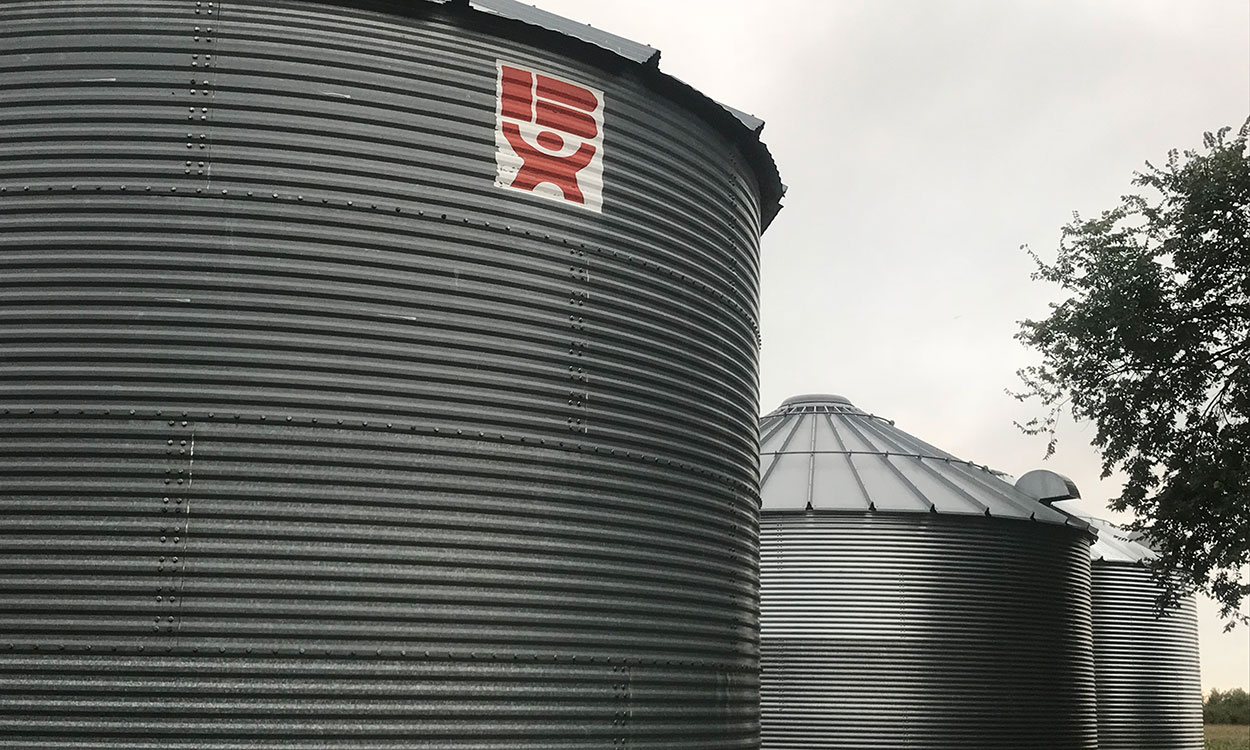
Fall Grain Storage Tips
As the temperature drops, don’t forget to check on your stored grain. Although most of the South Dakota grain harvest was sufficiently dry this year, we still need to watch grain storage temperatures and conditions.